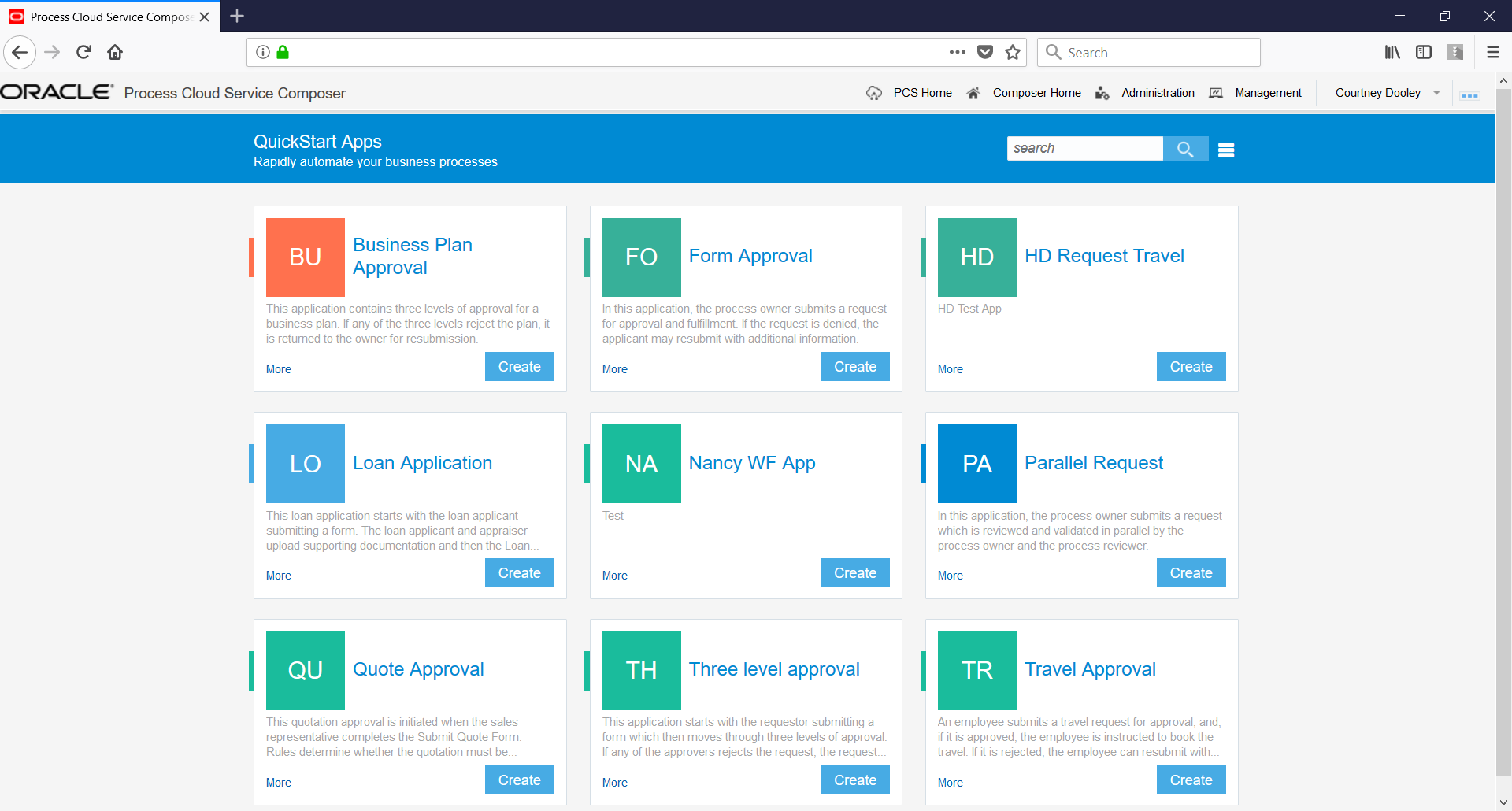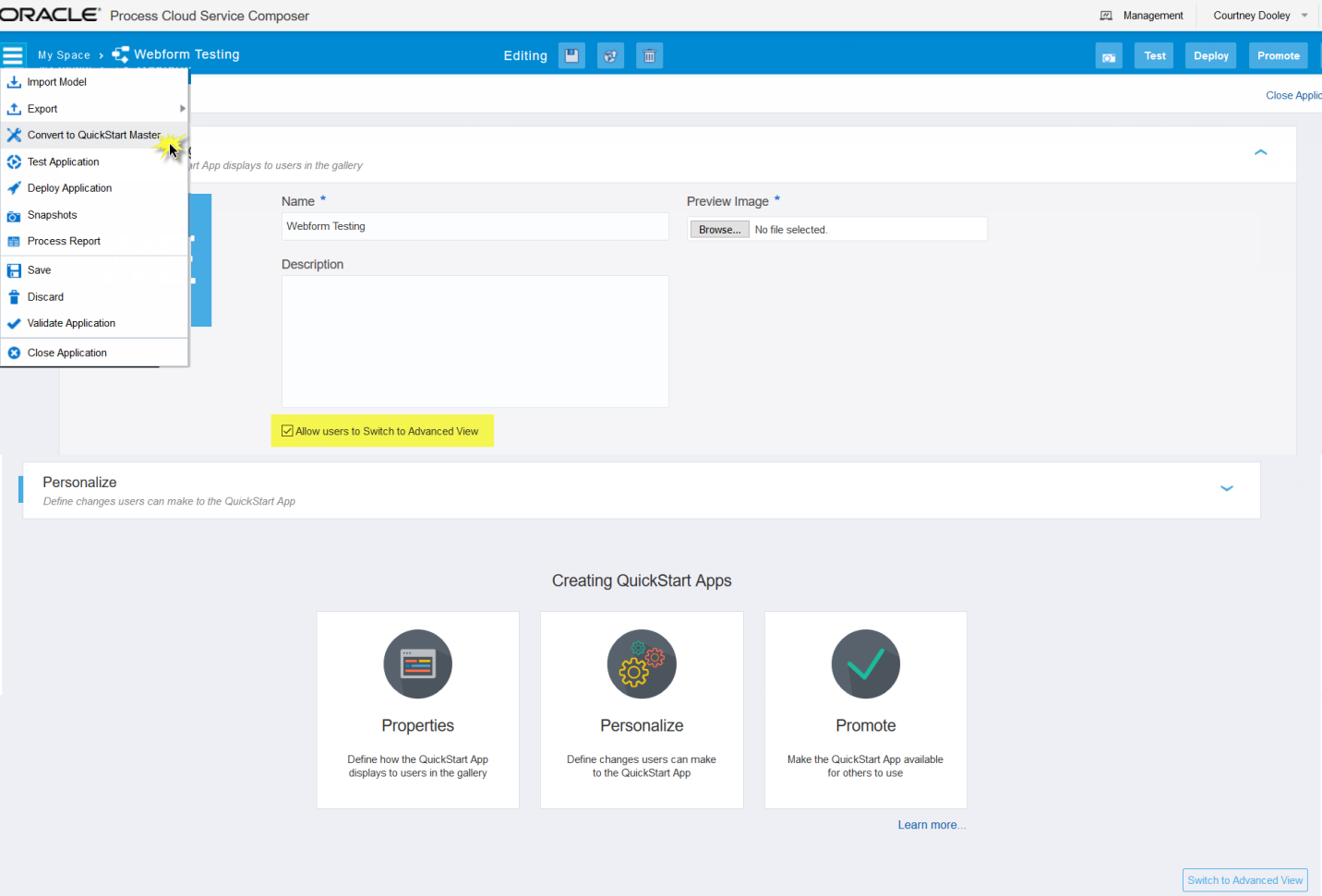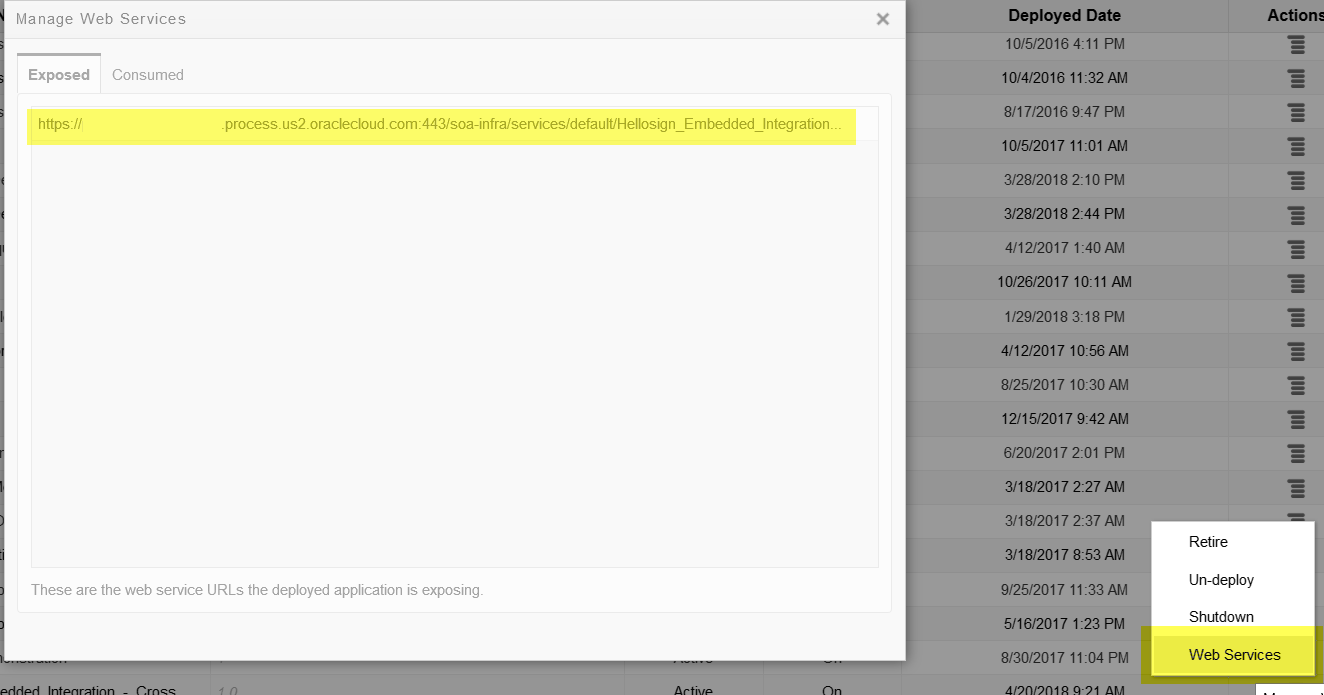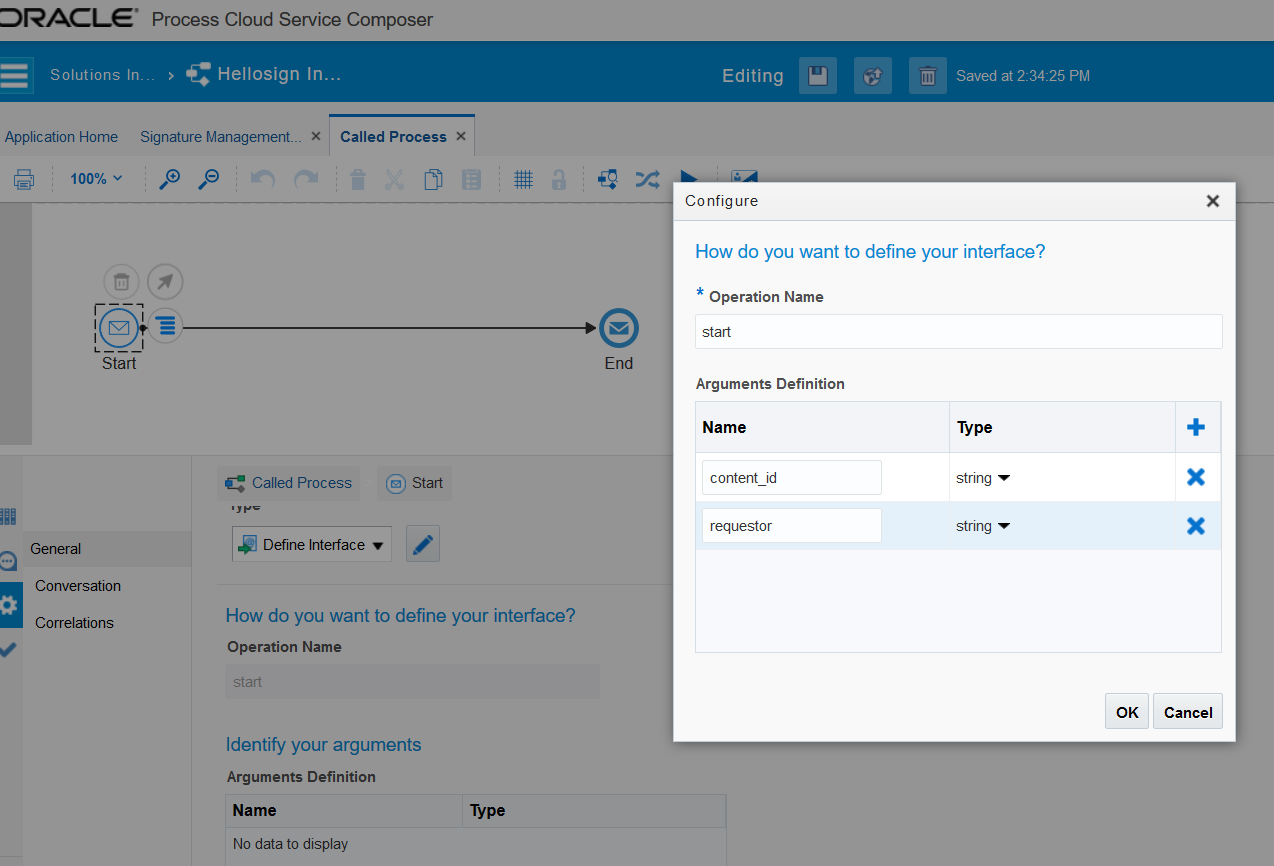Taking Advantage of Oracle Process Cloud Service Advanced Features
Taking Advantage of Oracle Process Cloud Service Advanced Features
How to Minimize Future Development by Building Reusable Common Processes
By: Courtney Dooley | Content Developer
When you look at few of your business processes do you see any similarities? Do the same individuals approve different process requests? Are documents processed and archived in a similar manner? Oracle Process Cloud has multiple ways to reuse development and minimize future development and maintenance efforts.
QuickStart Applications
- Overview
QuickStart Applications are pre-defined applications intended as a starting point for particular type of process. To create a new QuickStart Application, simply click the Create button from the PCS Composer homepage, and choose the option “QuickStart App”. The QuickStart Apps page will open displaying all available QuickStart templates, including QuickStart templates that come with the Process Cloud Service.
A QuickStart Master Template can be created from any Oracle Process Cloud Application. Converting an application to a QuickStart Master Template allows you to restrict modifications to specific elements of the application or select the option “Allow Advanced View” which gives users creating a QuickStart Application the ability to edit all elements of the new application. This may be necessary as Form elements and process flow are not available in the controlled modification options.
- Development Tips
When developing a QuickStart Application it is important to remember that various individuals in different departments may use this template.
- Keep elements general – rather than using a role of IT Supervisor use Supervisor. Generalizations will reduce the effort to customize an application to a specific need.
- Use application variables as often as possible – The application name can be retrieved and displayed as the form title rather than setting a static form title.
FormTitle.value = data.getParameter(‘app.name’);
- Leave application elements configurable – If you have an element that requires specific values that will change for each application, put in a placeholder or leave the values empty for QuickStart Application creators to modify.
- Keep it simple – the more complex a QuickStart Master Template is, the less likely it will be used as it may be difficult to alter to fit the needs of various business processes.
- Ideal Use Cases
These QuickStart Applications work best when they are created as a starting point. A fully developed QuickStart application will limit its versatility and may cause additional development efforts to both remove unwanted elements as well as creating the missing functionality that is needed.
QuickStart Master Templates that will require minimal maintenance long term will make useful QuickStart Applications. Keep in mind that multiple applications maybe created from this template, and if the QuickStart Master Template requires an update, so will every application created from it.
Cloned Applications
- Overview
Any Application within Process Cloud can be cloned to create a new application. This will create a new application from the last published version of the Original application. All elements within the cloned application will be the same as the original including elements which are not editable such as process ID and form name.
- Development Tips
If the application being developed is likely to be cloned for other purposes, the following tips will help minimize confusion between applications.
- Set process instance title – since process ID is not an editable value, and process tracking information can only be filtered by process ID and not application name, specify the process title in the predefined variables to include the application name.
- Name application elements generically – Process name unlike ID is editable; however Form, Integration, and Decision names cannot be modified. Keeping naming conventions generic will help minimize confusion when used in other applications.
- Ideal Use Cases
Production Applications which need to be slightly modified for a separate business process is ideal for this option. Developers can save hours of work starting with a fully functional Application which may need minor changes to fit the need of a new process.
Called Applications
- Overview
Called applications can minimize application maintenance, development, and troubleshooting when created and used wisely. Called applications should contain message start processes with defined inputs and outputs that link data between applications. When a called application is deployed, a web service URL is supplied for other application to integrate with. This allows common processes to be referenced rather than duplicated in multiple applications.
- Development Tips
When developing Called Applications, it’s important to develop inputs and outputs that will meet the needs of any application calling it.
- Naming inputs and outputs – When a developer sets up the connection to the called application, the inputs and outputs should be easy to understand what values should be passed.
- Application Name – Naming the application appropriate to the process will help other developers know which application has the process they need to reference.
- Ideal Use Cases
Sub-processes that will be used within multiple applications are ideal for this option. Processes which may have a sequence of service calls or decisions allow for maintenance to be done in a single location rather than updating multiple applications. Below are a couple of examples of great uses for this option.
- Archiving Content – attachments that may need folders located or created prior to moving the attachments to those folders or have metadata assigned to those content items.
- Management Approval Process – a process with a specific series of approvals which will not change based on the form or content being approved.
- Concurrent Processes – A process that can be executed concurrently with its originating process. The called application can be invoked at the beginning of the originating process and the output received at a later point in the originating process. The called application in this case may have a timed event which will wait until a specific date to complete.
So as you can see, Process Cloud offers many ways to start new development by reusing existing applications. By developing applications that can be used in multiple business processes, you can reduce the time spent not only developing new applications but maintaining old ones as well.
Contact Us for more tips and tricks for developing smart Oracle Process Cloud Applications!
[pardot-form id=”15726″ title=”Blog – Ways to Reuse Your Development – Courtney Dooley”]







